Whether you want to teach your kids about natural wildlife or tell a landscaper or local tree removal pro what to expect – it’s helpful to know what kind of trees stand in your yard. This guide will help you identify your trees by climate and classification. When in doubt, you can always consult a local arborist for help.
The Basics
From backyards and neighborhood parks to forests and fields – there’s a world of trees to explore and identify. You can find trees in most environments and each kind has its own unique identifying characteristics. If you notice that your backyard trees look dead, dried out or unsafe, have a tree removal expert fix the problem.
Talk with a local landscaper to plant trees and maximize your home’s curb appeal. Or, try to lower your air conditioning bill naturally using artfully placed shade.
Trees can be classified as deciduous, coniferous, and gymnosperms or angiosperms.
Generally speaking, deciduous trees shed their leaves during the fall season. You can tell coniferous trees, or evergreens, by their needles. Some trees, like the tamarack, can be both deciduous and coniferous, both having needles and shedding leaves.
Angiosperms, which represent the majority of trees, are flowering plants that include fruit trees. Gymnosperms produce naked seeds which typically exist in the form of cones or needles. Learn more about each of these types using the categorized sources below.
Whether you want to teach your kids about natural wildlife or tell a landscaper or local tree removal pro what to expect – it’s helpful to know what kind of trees stand in your yard. This guide will help you identify your trees by climate and classification. When in doubt, you can always consult a local arborist for help.
Tree Types by Climate
- The 13 Best Heat Tolerant Trees – Some trees do better in hot weather than others. The Spruce website talks about the top 13 trees that tolerate higher levels of heat in this article.
- Thirteen Cold Hearty Palm Trees (Slideshow) – Visit the Home & Garden TV website for a slide show about trees that have evolved to tolerate cold weather conditions.
- Cold Climate Fruit Trees – The University of Vermont Extension Department of Plant and Soil Science offers readers information about fruit trees that thrive even in cold climates.
Deciduous Trees
- Biomes: Deciduous Forests – Learn about deciduous trees on this page by the Center for Educational Technologies.
- Sustainable Woody Plant Maintenance: Deciduous Trees – Visit the University of Minnesota Extension website for information about how to select, plant and manage deciduous trees.
- Small Deciduous Trees (PDF) – Colorado State University lists deciduous trees and their shapes, growth rate, and other attributes.
- Deciduous (Non-Evergreen) Trees – See a list of deciduous trees here on the Cass County Extension website. It includes pictures of the trees as well as descriptions.
- Deciduous Trees Database – Go to the Louisiana State University website for a long list of deciduous trees alphabetized by their botanical names.
Conifer Trees
- Coniferous Trees – See a short list of coniferous trees listed here on the Minnesota Department of Natural Resources website.
- How to Properly Identify Common Conifer Trees – This page on the Michigan State University Extension website offers information that can help people to identify conifer trees more easily.
- Conifers – Conifers are trees that produce needles. Brandeis University has information here about four families of trees in the form of links to additional pages.
- Conifer Key – The American Museum of Natural History provides a page with illustrations of twig types that can be used to identify conifers.
- Identify a Conifer Tree – Natural Resources Canada shows how to identify conifer trees by their needles on this page.
- Coniferous Tree Key – Michigan Technological University’s School of Forest Resources and Environmental Science offers readers a key to identifying coniferous trees on their forestry-related website.
Angiosperm Trees

- Plant Evolution IV: Angiospheres – SUNY Cortland explains the nature of angiosperms on their Plant Evolution website and gives pointers on how to identify certain species as well.
- Gymnosperms and Angiosperms – Tulane University talks about the evolution of gymnosperms and angiosperms on this page. There is also taxonomical information as well as methods of identifying various types of trees.
- Angiosperms – ThoughtCo describes angiosperms, or flowering plants, in a science-related article that covers plant parts, life cycles, and more.
- Trees of Wisconsin – Visit the Cofrin Center for Biodiversity for a list of gymnosperms and angiosperms. It includes both their Latin and common names and orders them by needle-bearing and leafy trees.
Gymnosperm Trees
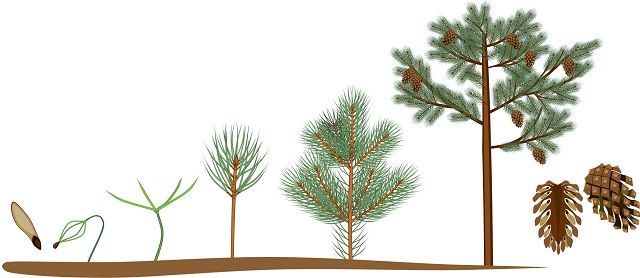
- Gymnosperm Life Cycle – Gymnosperms generate seeds but do not produce flowers. The CK-12 Foundation discusses the function of cones and the gymnosperm life cycle and includes a five-minute video.
- Gymnosperms – NatureWorks explains the definition of gymnosperms and describes conifers, cycads, yew trees, and ginkgophytes on this page.
- Gymnosperms Fact Sheet – Click this link for a text-based document on the University of Nevada, Las Vegas website that talks about the evolution of seeds and how it relates to the four major groups of gymnosperms.
- Gymnosperms – Pinophyta – Learn about the four types of gymnosperms on the University of Wisconsin-Madison Department of Botany website, as well as their characteristics.
- Beyond Pine Combs: An Introduction to Gymnosperm (PDF) – Visit the Harvard website for a 13-page PDF document about the evolution of gymnosperm trees, which includes pictures, evolutionary diagrams, and more.
Overview Sources
- Tree Identification: How to Identify Trees – All trees have unique features that help in their identification. Woodland Trust explains what clues to study in order to properly classify a tree.
- Journey With Nature: Winter Tree Identification – The Nature Conservancy explains how to distinguish one type of tree from others by studying its twigs, branches, and buds.
- Identifying Trees by Bark and Buds (PDF) – Learn about classifying trees in this comprehensive document hosted on the Iowa State University website.
- Identify by Leaf – This web page on the Ohio Public Library Information Network website shows how to identify trees by their leaves.
- Basics of Tree ID – Visitors to Virginia Tech’s FORSite section will find useful information about classifying trees by their leaves, bark, fruit, and other attributes.
- List of 50 Trees – Explore this Cornell University page to find fifty trees, each with their own link that offers a description and means of proper identification.
- What Tree is That? Online – The Arbor Day Foundation provides readers with information about identifying trees in the Eastern, Central, and Western United States on their website.
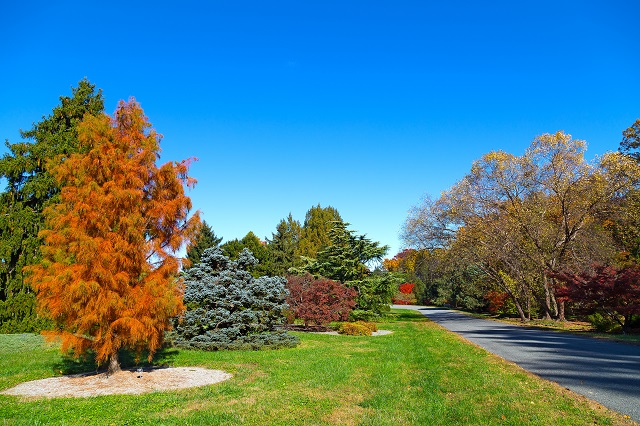
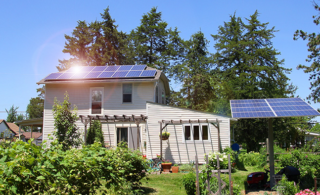 Organic Home Gardening Tips to Feed Your Whole Family
Organic Home Gardening Tips to Feed Your Whole Family 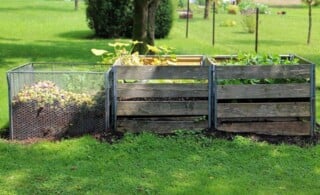 Composting and Landscaping at Home
Composting and Landscaping at Home 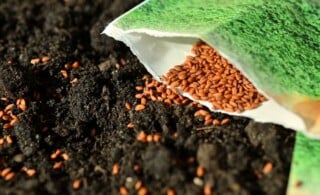 Home Gardening Tips: From Composting To Herb Gardens
Home Gardening Tips: From Composting To Herb Gardens 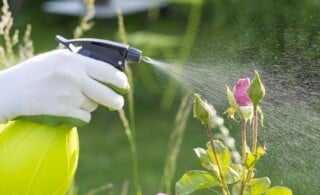 Gardening Hacks to Protect and Nourish Your Plants
Gardening Hacks to Protect and Nourish Your Plants  DIY Backyard Soccer Field: A Guide to Cost, Materials, and Legalities
DIY Backyard Soccer Field: A Guide to Cost, Materials, and Legalities 

Are You Familiar With This Topic? Share Your Experience.